
Gül Baba Türbe Mausoleum (Gül Baba Türbe es Rozsakert, Tomb of Gül Baba / Gül Baba türbeje) - the tomb (grave) of the Sofia-born dervish Bektashi Gul Baba, who was a Muslim monk who arrived in Buda in 1541 with the army occupying Turkey.
The name gül Baba also means (translated) as the "father of Roses" and as speaking, it was he who gave the flower "Rose" to the city. Nevertheless, roses, both wild and domesticated, were already known in Hungary by the time of the Ottoman invasion. The name "father of Roses" can also be a distortion from Kel Baba (Baba Kel), meaning "Bald father". Also, probably, the name "father of Roses" derives from a wrong understanding of the metaphorical values of the Turkish name, which refers to the status of a dervish, the spiritual rank, derived from his deep knowledge of Allah.
Gül Baba died during the conquest of Buda, Hungary, and, according to legends, this happened in the day of the ceremony of thanksgiving for the occupation of the city on 2 September 1541, in the Matthias Church, which at that time the Turks turned into a mosque.
For, just unconfirmed reports, in the ceremony of the burial of the body was attended by Sultan I. Suleiman, he announced gül Baba the patron Saint of Buda. The monument at the grave of Gul Baba, tower over the tomb was built between 1543 and 1548 years Mehmed Jaggabatara, 3 pashas of Buda.
After Habsburg troops occupied the area during the battle (1686), the tomb was converted into a Roman Catholic chapel and renamed "the Chapel of St. Joseph."
Later, near the tomb of Gul Baba, the government of Hungary and Turkey decided to Finance the construction of an Islamic center and mosque, complete with a library and Museum. After long restoration works, the mausoleum of Gul Baba was declared a national monument of Hungary (1914). The last major renovation started in 2016 and finished in 2018.
Now the mausoleum is a sacred place of pilgrimage and also tourist attraction is a complex, which combines the styles of Ottoman architecture (as was the case in Eastern Europe) with the Hungarian architecture in the style of Lechner. In the mausoleum complex includes a terrace, a fountain, flowerbeds, and also the tomb of Gul Baba, located in the center. Admission is free (complimentary).

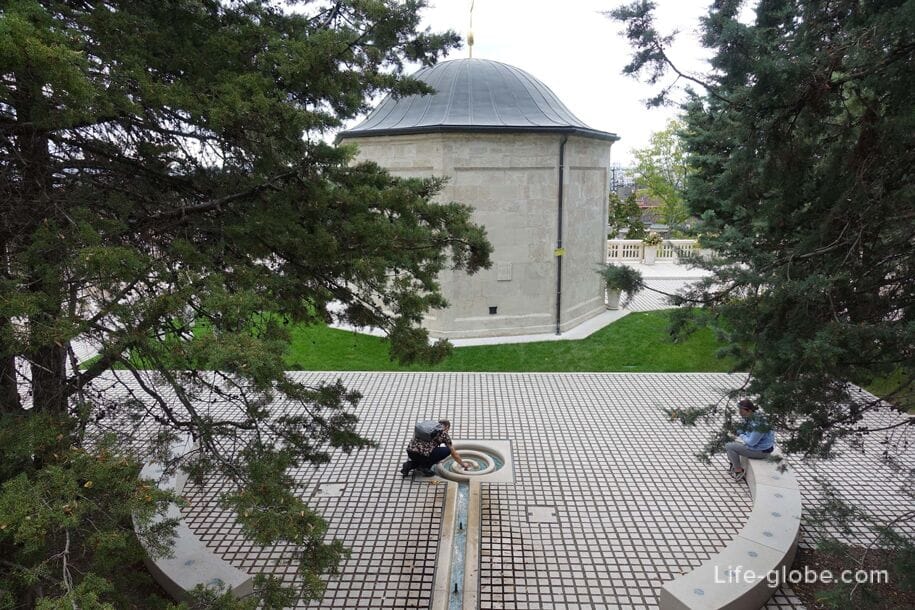
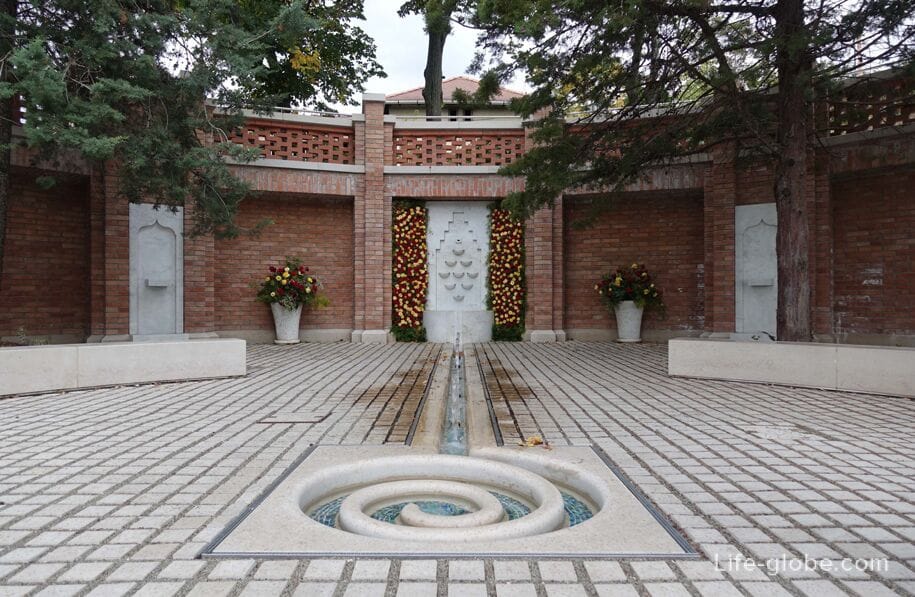


From the towers and terraces of the mausoleum views Will partially pest. It should be noted, types are not the best in Budapest.

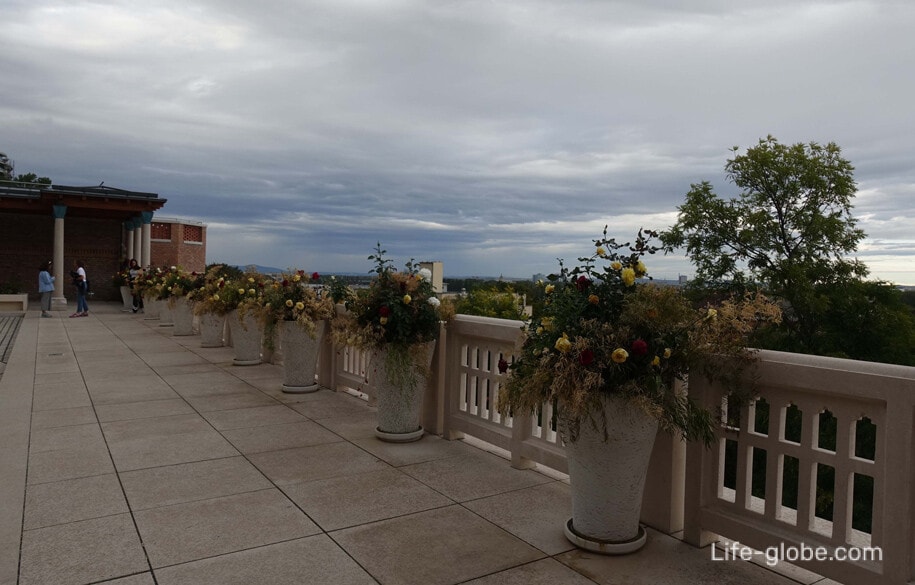

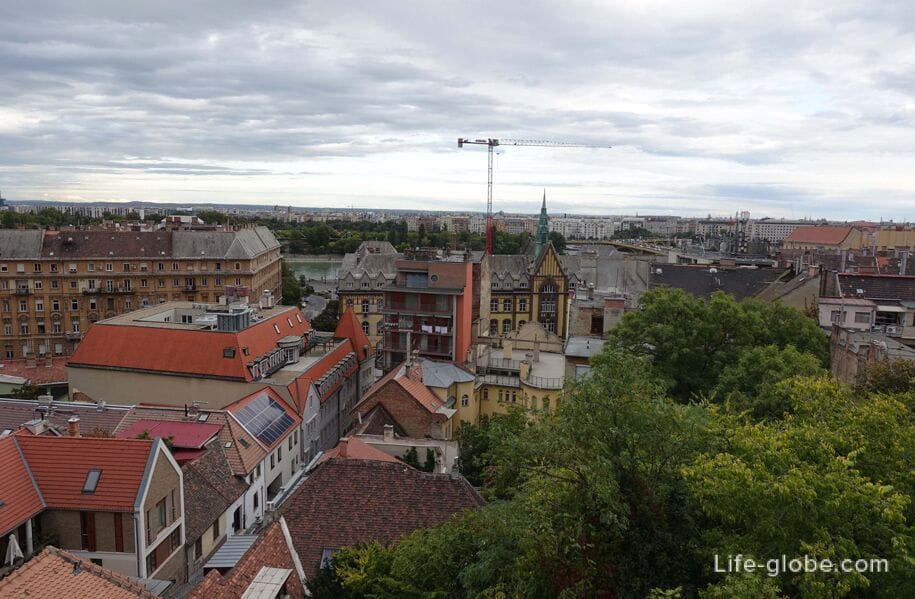
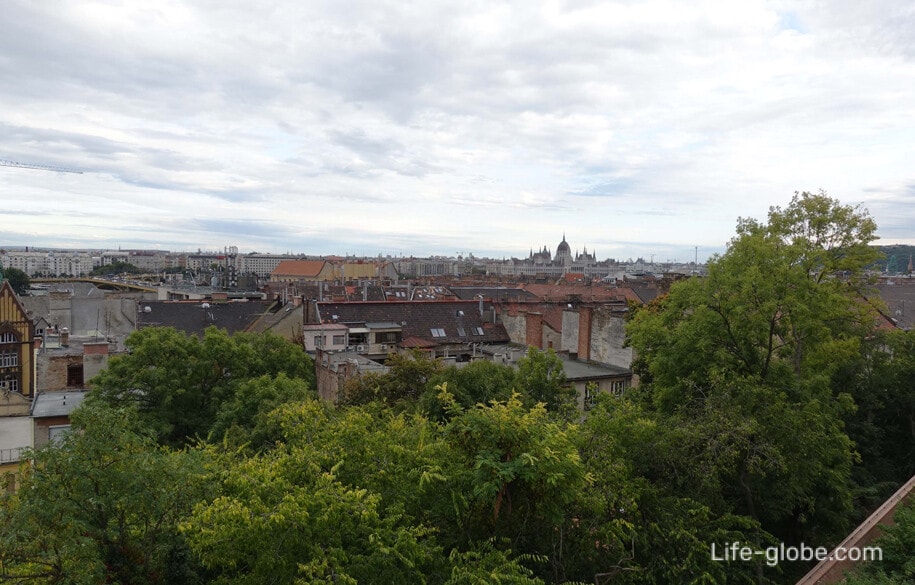

In the lower (basement) areas of the mausoleum complex are the cultural center and exhibition hall of Gul Baba, where there is an exhibition presenting the history of the tomb and the life of the Gul Baba. New exhibitions are held every three months in the temporary exhibition space. In the renovated complex also has a conference hall, where professional and cultural events.
The address of the location of the mausoleum: the Buda side, rose hill / Rose hill (Rózsadomb), street Mecset u. 14, a little North-West of the Margaret bridge. You can go down the street of Gül Baba, then turn left and climb the stairs, or down the street Mecset and also to climb the steps.
According to legend, during the Turkish occupation the hill of Roses was planted with roses of Gul Baba, hence the name of the hill.
Opening hours of the mausoleum and information about events held at the complex, can be found on the website.